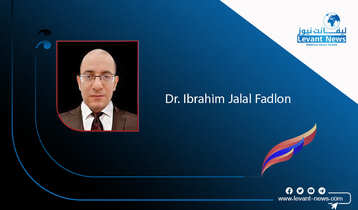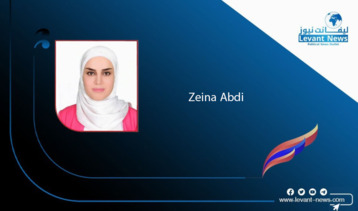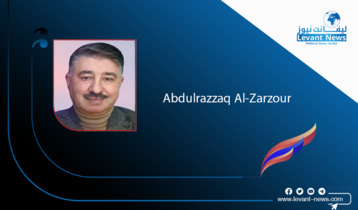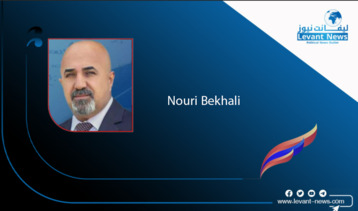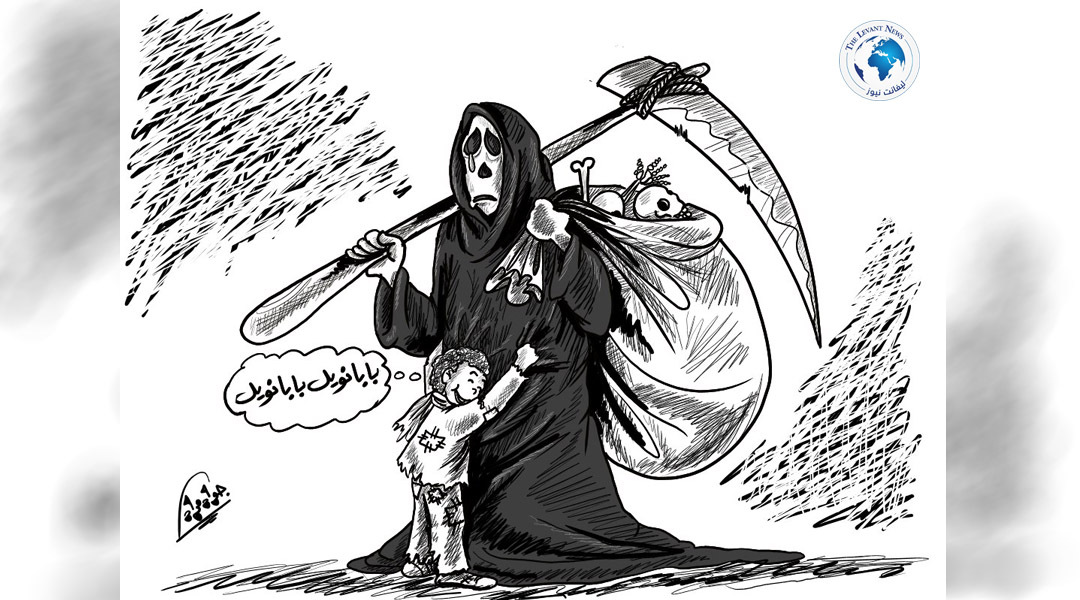-
Dr. Sana'a Al-Shalan's Stories in Abdul Hamid Al-Hussein’s Thesis on the Palestinian Child
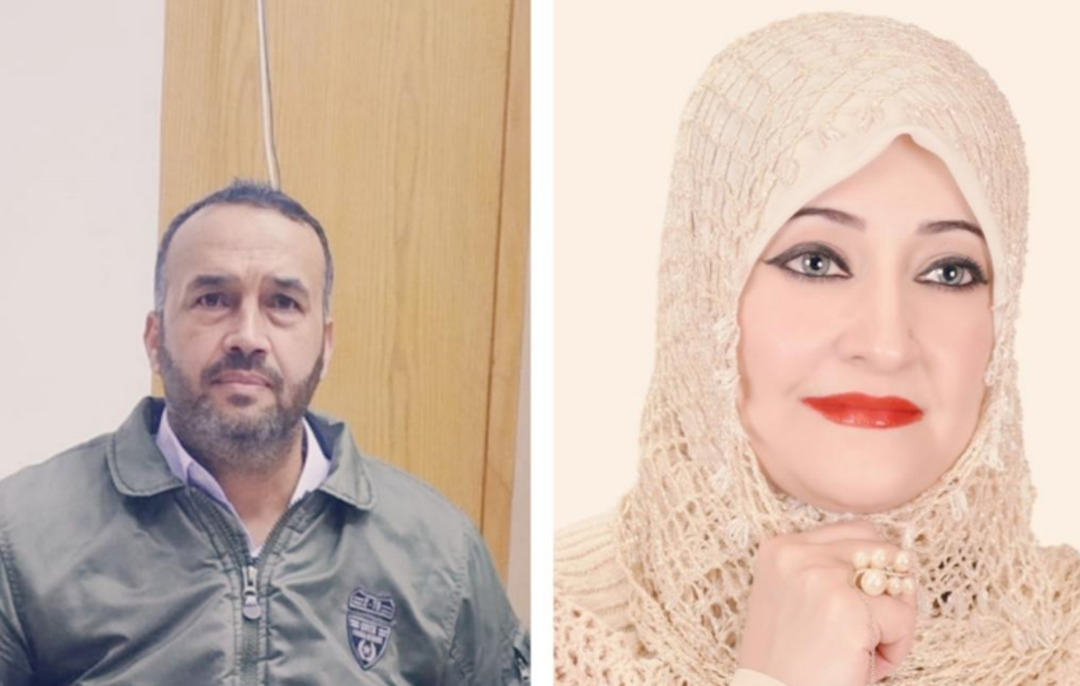
Damascus, Syria: The Syrian researcher (Abdul Hamid Muhammad Al-Hussein) discussed his thesis in the Arabic Language and Literature Department at the Faculty of Arts, University of Damascus, as part of the requirements for obtaining a Ph.D. in Modern Literature. The thesis is titled "A Study in Story Criticism: The Character of the Child in Palestinian Short Stories, Samples from (1970-2022)." It addressed a significant number of stories by the Jordanian writer of Palestinian origin, Professor Dr. Sana'a Al-Shalan (Bint Naema), particularly her published story collections: "Palestinian Melodies," "Land of Tales," "Complete Works of Fiction Volumes 1, 2, and 3," "Women’s Lies," and "The Nightmare."
The researcher completed his thesis, which was supervised by Dr. Ghassan Ghanem, with a discussion committee composed of Dr. Riad Al-Awaida, Dr. Rowa'a Al-Faqas, Dr. Burhan Abu Asli, and Dr. Amal Absi.
The thesis utilized an integrated approach in studying its works, employing a descriptive mechanism to delve into the depths of the characters in the stories and analyze them. The thesis consists of an introduction, a preface, and five chapters, each containing a series of sections, as well as a conclusion, references, sources, and citations. The preface discusses the origins of the Palestinian crisis and its repercussions on the Palestinian people, as well as the emergence of the resistant Palestinian literature and its most significant symbols.
The first chapter is titled "The Image of the Palestinian Child in Palestinian Short Stories," beginning with a preface and discussing in the first section the history of children's literature and its most important symbols. The second section addresses symbolism and the child in Palestinian short stories, the third section deals with the alienation of the Palestinian child in Palestinian short stories—psychological alienation, linguistic alienation, and spatial alienation. The fourth section examines the Palestinian child's reaction to their alienation, concluding with a summary of the first chapter.
The second chapter is titled "Purposes of Depicting the Child in Palestinian Short Stories." It begins with a preface and then discusses in the first section the psychological purpose—showing the psychological state of the Palestinian child. The second section addresses the political purpose—instilling the idea of national belonging within the child's mind. The third section covers the educational and cultural purposes; and the fourth section addresses the social purpose, concluding with a summary of the key findings of the chapter.
The third chapter is titled "Models of Childhood in Palestinian Short Stories," starting with a preface. The first section discusses models of good child characters in Palestinian stories, the second section focuses on models of bad child characters, while the third section looks at models of sad child characters. The fourth section explores child characters searching for identity and belonging, and the fifth section addresses the material (living) image of the Palestinian child—childhood, poverty, and child labor. The researcher concludes the chapter with a summary of its findings.
The fourth chapter, titled "The Palestinian Child and the Other," begins with a preface. The first section discusses the concept of the self and the concept of the other. The second section addresses the external (physical) and internal (psychological) traits of the Palestinian child and the "national" other, while the third section looks at the Palestinian child and their relationship with the Arab other. The fourth and final section discusses the Palestinian child and their relationship with the Jewish other and the Zionist enemy, concluding with a summary of the chapter.
Finally, the fifth chapter is titled "The Artistic Structure of the Palestinian Short Story." It begins with a preface and discusses in the first section the mechanisms of narration and narrative perspective: the narrator, the narrated, and the audience. In the second section, it addresses objective narration and subjective narration, while the third section discusses geographic, semantic, and temporal spaces, as well as the time of narration and the time of the story. The fourth section covers description in storytelling and its types: pure, free description; impure "restricted" description; and the functions of description, including aesthetic (ornamental) function, suggestive function, and explanatory or interpretative function. In the fifth section, the thesis tackles symbolism (conventional and creative) in Palestinian stories. The sixth section addresses the dramatic structure, circular structure, sectional structure, and spiral structure, and the seventh section discusses the use of formal Arabic versus colloquial language, binary oppositions, high artistic language, trivial or cheap literary language, exposed and vulgar language, intertextuality, concluding the chapter with a summary.
You May Also Like
Popular Posts
Caricature
opinion
Report
ads
Newsletter
Subscribe to our mailing list to get the new updates!


